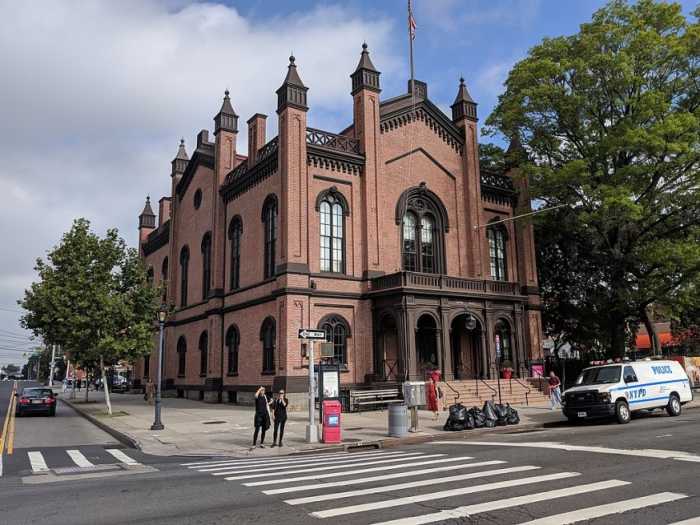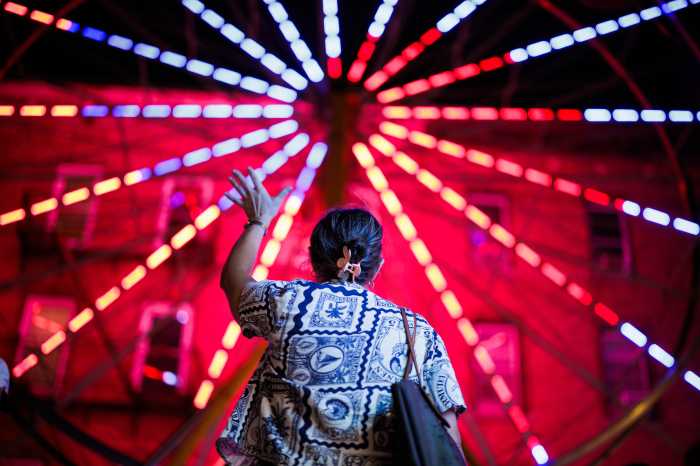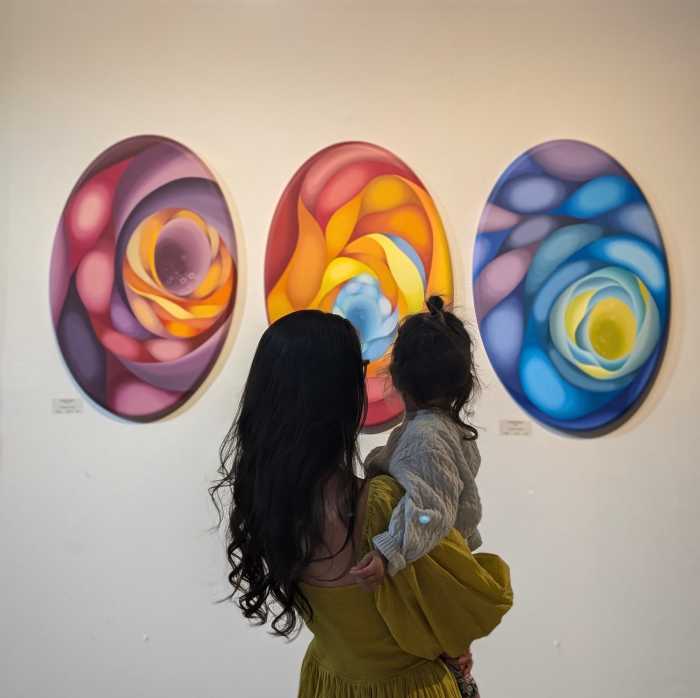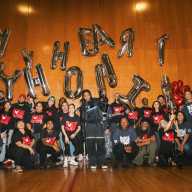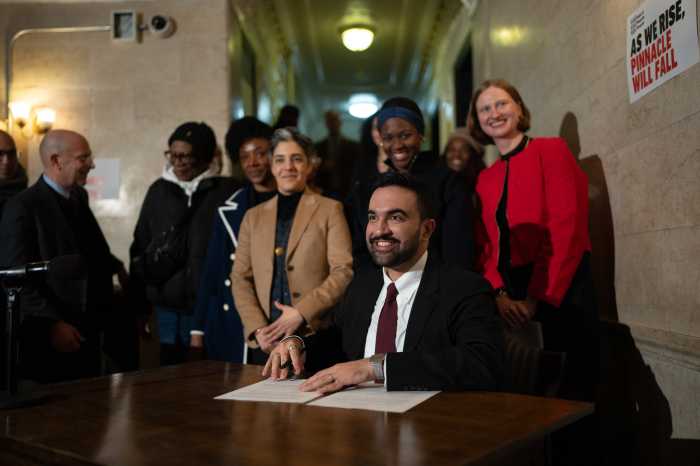The Louis Armstrong House Museum (LAHM) in Corona announced it will officially open its new state-of-the-art building, preserving and expanding the legacy and ideals of America’s first Black popular music icon.
The Louis Armstrong Center will open to the public on Thursday, July 6, as the new permanent home for the 60,000-piece Louis Armstrong Archive, the world’s largest for a jazz musician, and a 75-seat venue offering performances, lectures, films and other educational experiences.
“This is a landmark moment for the Louis Armstrong House Museum,” said LAHM Executive Director Regina Bain. “Standing on the shoulders of the jazz and community greats who have come before us, the new Louis Armstrong Center invites today’s musicians, neighbors, and global fans to discover Louis and Lucille Armstrong’s story from a new perspective. We will bring the Armstrongs’ unique archives alive through new interactive events. And we will ensure that music once again rings out on 107th Street through groundbreaking programs in collaboration with emerging artists and contemporary icons.”
The Louis Armstrong Center will become a new international destination celebrating Armstrong’s distinctive role in African-Diaspora history and vitality, offering year-round exhibitions, performances, readings, lectures, and screenings through an array of public programs for all ages. With longstanding partners Queens College and the Louis Armstrong Educational Foundation, and with a growing list of members, supporters and programmatic collaborators, the museum and center will become a Queens-based hub for inspiration and learning, economic development and tourism – from New Yorkers to the world.
“Louis Armstrong is the greatest of all American virtuosos,” said jazz great Wynton Marsalis, president of the Louis Armstrong Educational Foundation and managing and artistic director of jazz at Lincoln Center. “With his trumpet and voice, Armstrong redefined what it meant to be modern by testifying to the range and depth of humanity from the vantage point of the bottom social strata in post-Reconstruction America. He was able to evoke deep blues and spiritual feeling, to dance notes with extreme rhythmic sophistication, and to improvise meaningful melodies on the spot with absolute harmonic accuracy.”
Armstrong’s classic “What a Wonderful World” was inspired by the neighborhood around his home at 34-56 107th St., where he and his wife Lucille Wilson lived from 1943 to 1971.
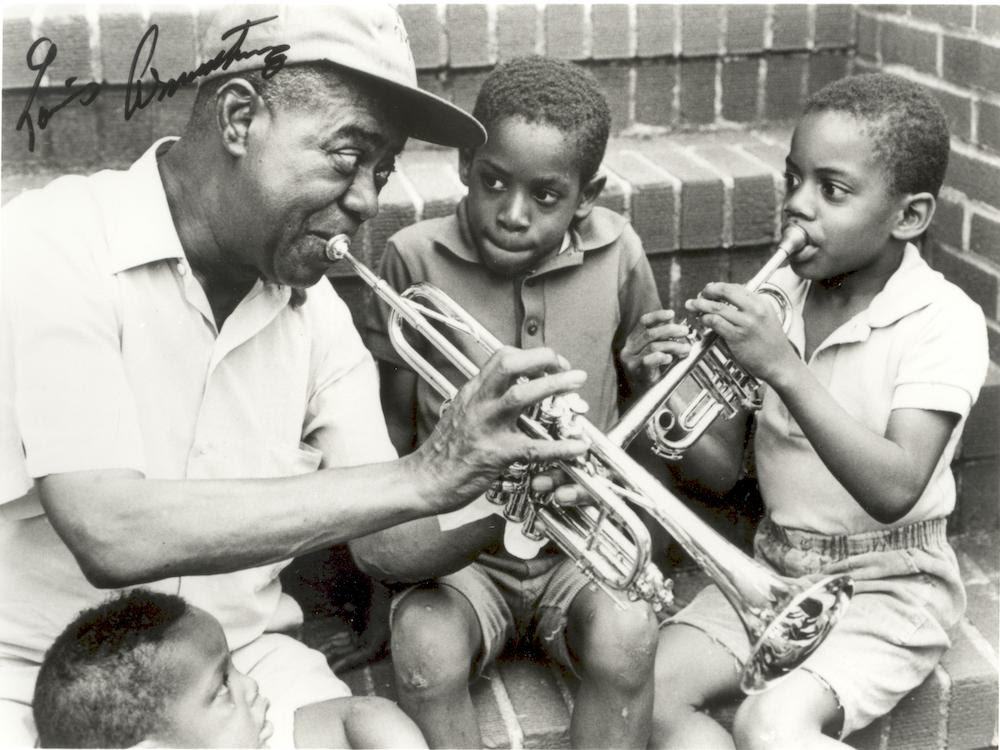
“His genius and charisma influenced generations of musicians from all over the world,” Marsalis said. “His generosity and unique personality have made him an international icon. Louis Armstrong’s trumpet is the sound of freedom and with it, he left the world so much richer than how he found it. We need his consciousness, intelligence and broad understanding now, more than ever.”
The new center’s exhibition, curated by Jason Moran, will look at Armstrong’s five-decade career as an innovative musician, rigorous archivist, consummate collaborator and community builder – entertaining millions from heads of state and royalty to the kids on his stoop in the working-class neighborhood of Corona.

“Armstrong’s musical innovations combine with his empowerment of himself and those around him,” Moran said. “As an incredible artist and archivist, he thoughtfully documented his life’s journey through a variety of media: cameras, typewriters, reel-to-reel recorders, and his iconic music. His magnetic musicianship allows each breakthrough in technology to catapult his star power. In Here to Stay, we amplify Louis Armstrong’s ability to connect with communities locally and globally. His star shines bright worldwide, but especially here at his home in Corona, Queens.”
The 14,000-square-foot center establishes the final piece of the campus that now comprises the museum as a whole; it now includes the home itself that reflects the personal values of Louis Armstrong, the garden that serves as a place for gathering and a place for live performances, the donated home of next-door neighbor Selma Heraldo, reflecting the deep roots within the community, and the new center, designed as an interpretation of Armstrong’s music, where the public can learn even more about the icon who is Louis Armstrong.
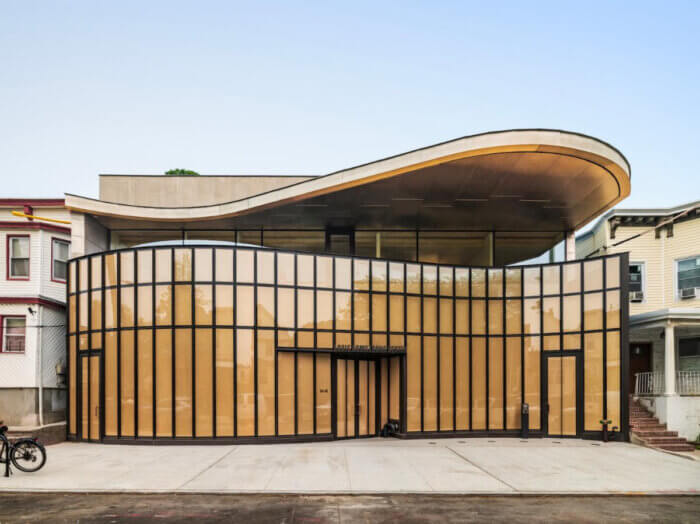
“The opening of the new Louis Armstrong Center is music to my ears. I’ve been looking forward to this occasion since helping to break ground on the project in 2017 when I was president of Queens College and Armstrong’s archives were housed on campus,” said CUNY Chancellor Félix V. Matos Rodríguez. “CUNY and Queens College are proud partners of the Louis Armstrong Center and are grateful to our city and state leaders, including Governor Hochul and Mayor Adams, for funding this expansion, which will help people in the community and all New Yorkers learn more about this crucial figure in American history.”
Current Queens College president Frank Wu thanked the city and state, CUNY, the LAHM Board of Trustees, and many elected officials and community partners that worked together for years to make the center a reality.
“They truly helped realize the vision of a launching pad for musical stars through outstanding concerts, exhibitions, and community events,” Wu said. “The Armstrong Center will build on the iconic legacy of Satchmo while serving as an international destination ten minutes from La Guardia Airport, and for New York’s school children and their teachers, and for music lovers throughout our nation. This great opening of the beautiful facility brings a ‘wonderful world’ to Queens, the world’s most diverse borough.”


